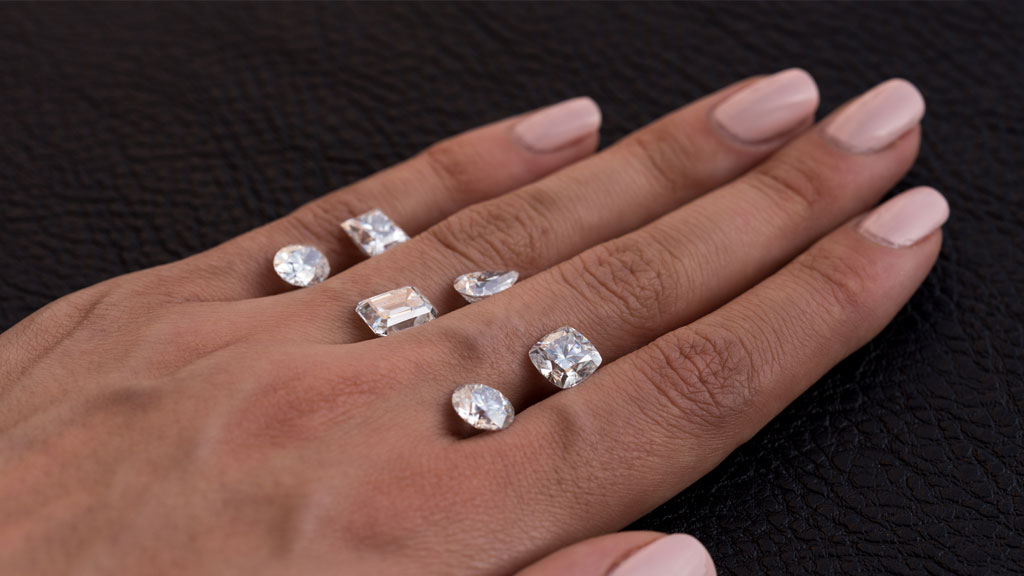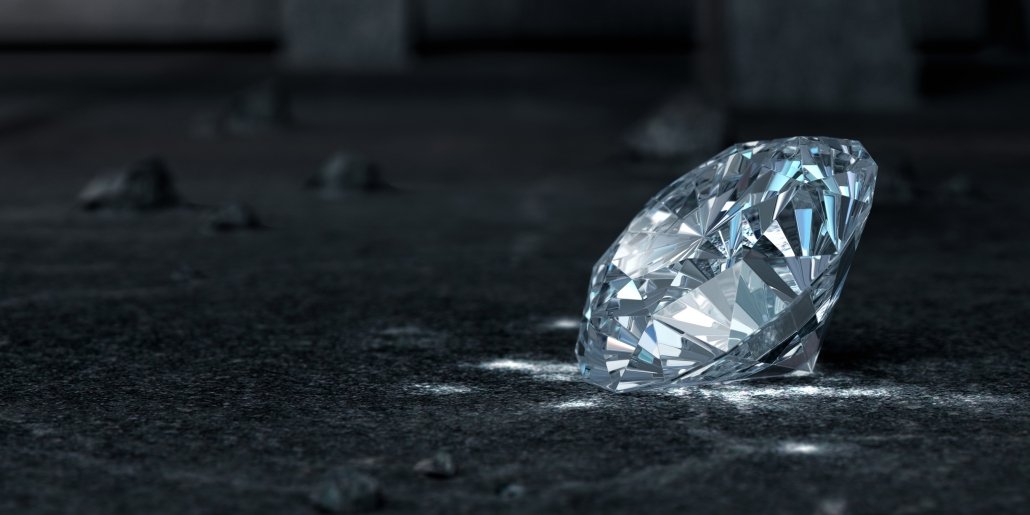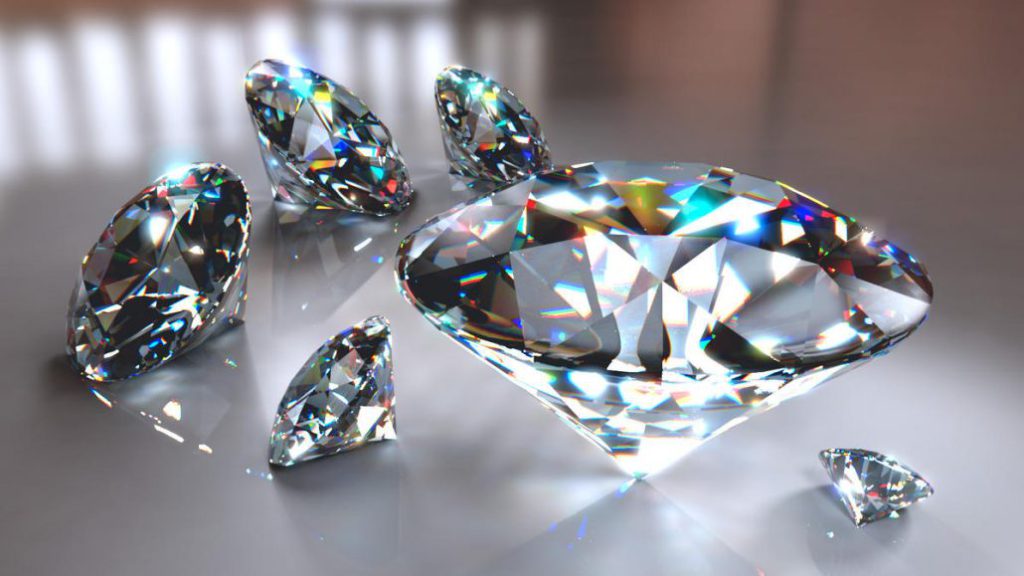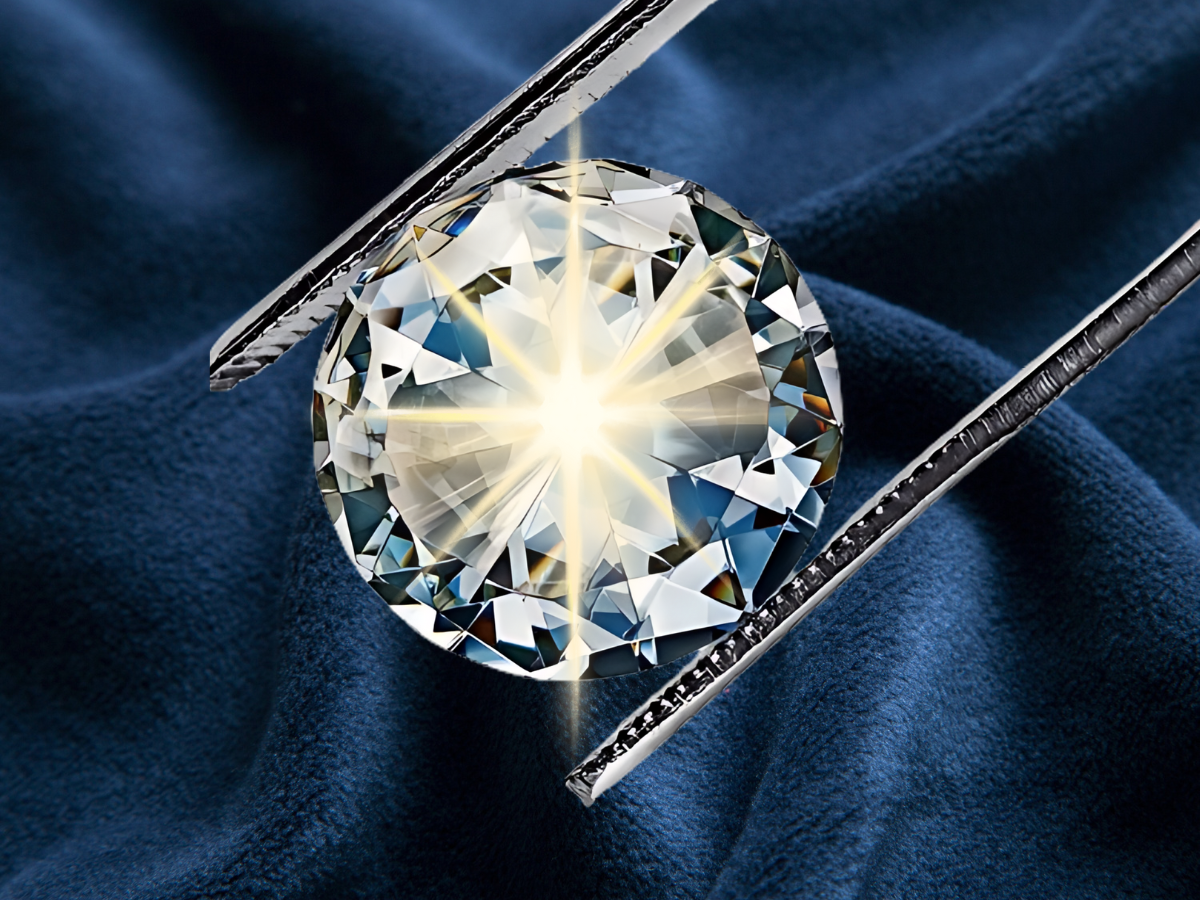Introduction to Lab-Grown Diamonds: A Revolution in the Jewelry Industry
In recent years, the jewelry industry has witnessed a monumental shift with the rise of lab-grown diamonds. These diamonds, which are chemically identical to natural diamonds, offer an environmentally friendly and ethically sourced alternative. However, just like natural diamonds, lab-grown diamonds are graded based on the 4Cs: Cut, Color, Clarity, and Carat weight. Understanding these grading factors is essential for consumers to make informed decisions when purchasing lab-grown diamonds.
This guide delves deep into the 4Cs lab grown diamonds, explaining each factor in detail and how they apply to this modern marvel of technology.
What Are Lab-Grown Diamonds?
Lab-grown diamonds, also referred to as synthetic diamonds, are created in controlled environments using advanced technological processes. The two main methods of creating lab-grown diamonds are:
- High Pressure High Temperature (HPHT): Mimics the natural conditions under which diamonds form deep within the Earth’s mantle.
- Chemical Vapor Deposition (CVD): Uses a gas mixture to deposit carbon atoms onto a substrate, gradually building up the diamond crystal structure.
These diamonds share the same physical, chemical, and optical properties as natural diamonds. The key difference lies in their origin—lab-grown diamonds are produced in weeks or months, whereas natural diamonds take millions of years to form.
The 4Cs of Lab-Grown Diamonds: Understanding the Essentials
To evaluate lab-grown diamonds, jewelers and gemologists use the same grading criteria as natural diamonds—the 4Cs. Let’s explore how each C contributes to the overall quality and value of a lab-grown diamond.
1. Cut: The Most Important C for Brilliance
The cut of a diamond refers to how well it has been shaped and faceted from its rough form. It is the most important factor in determining a diamond’s brilliance and sparkle. Lab-grown diamonds, like natural diamonds, can be cut into various shapes, including round, princess, oval, and emerald.
- Quality of Cut: A well-cut diamond will reflect light optimally, creating an eye-catching brilliance. A poorly cut diamond, even if it’s a high carat weight, will appear dull and lack sparkle.
- Symmetry and Proportions: The symmetry and proportions of the diamond’s facets are critical in how light interacts with the diamond.
In the grading scale, a diamond’s cut can range from “Excellent” to “Poor,” and it’s often considered the most important factor in determining a diamond’s overall beauty.
2. Color: The Hue of Perfection
When it comes to color, lab-grown diamonds are graded on a scale from D (colorless) to Z (light yellow or brown). The less color a diamond has, the higher its value.
- D-F (Colorless): Lab-grown diamonds in this range are completely colorless, appearing flawless to the naked eye. These diamonds are rare and highly sought after.
- G-J (Near Colorless): These diamonds show subtle traces of color, but the differences are hard to detect without a microscope.
- K-Z (Tinted Diamonds): Diamonds in this range display noticeable color, often yellow or brown, which may impact their overall aesthetic appeal.
Though lab-grown diamonds can also have a color range similar to natural diamonds, they tend to be graded higher on average due to advanced technology and better production processes.
3. Clarity: The Absence of Imperfections
Clarity refers to the presence of inclusions or blemishes within the diamond. Since lab-grown diamonds are created in controlled environments, they are typically less likely to have significant imperfections compared to natural diamonds.
- Inclusions: These are internal flaws, such as tiny crystals or gas bubbles.
- Blemishes: These are external imperfections, such as scratches or chips.
Lab-grown diamonds are graded using the same clarity scale as natural diamonds, from Flawless (no inclusions or blemishes visible under 10x magnification) to Included (inclusions visible to the naked eye).
While natural diamonds may have unique inclusions that add character, lab-grown diamonds can often be produced with fewer visible flaws due to the controlled environment in which they are created.
4. Carat: The Weight and Size of the Diamond
Carat refers to the weight of the diamond, not its size. One carat is equivalent to 200 milligrams. The higher the carat weight, the more valuable the diamond typically is. However, carat weight should not be confused with size—two diamonds with the same carat weight may have different sizes depending on the cut.
- Larger Diamonds: Generally, the larger the carat weight, the more expensive the diamond.
- Proportions and Cut: While carat weight impacts the price, the quality of the cut and proportions is just as important for visual appeal.
Lab-grown diamonds allow consumers to purchase larger stones at a more affordable price compared to natural diamonds, making them a popular choice for those seeking bigger, high-quality diamonds.
Advantages of Lab-Grown Diamonds Based on the 4Cs
Lab grown diamonds offer a number of benefits over their natural counterparts, particularly when considering the 4Cs:
- Cost-Effectiveness: Lab-grown diamonds generally cost 30-40% less than natural diamonds with the same 4C grading.
- Environmental Impact: Producing diamonds in labs reduces the environmental and ethical issues associated with traditional diamond mining.
- Customization: Lab-grown diamonds can be tailored to specific cut, color, clarity, and carat preferences, giving customers more control over their diamond choice.
How to Choose the Perfect Lab-Grown Diamond
When purchasing a lab-grown diamond, it’s essential to consider all 4Cs in relation to your personal preferences and budget. Here’s how you can make an informed decision:
- For Sparkle: Prioritize the cut for maximum brilliance.
- For Color: Choose a color grade that fits your aesthetic preference, balancing beauty and budget.
- For Perfection: Select a clarity grade that meets your standards, keeping in mind that lab-grown diamonds tend to have fewer imperfections.
- For Size: Decide on the carat weight that suits your desired look and budget.
Conclusion: Embracing the Future of Diamonds
Lab-grown diamonds represent the future of the jewelry industry. With their ethical sourcing, environmental benefits, and ability to match the 4Cs of natural diamonds, they offer a compelling option for consumers. By understanding the 4Cs of lab-grown diamonds—Cut, Color, Clarity, and Carat—you can make an informed decision that perfectly aligns with your preferences, ensuring you find a diamond that is both beautiful and meaningful.




